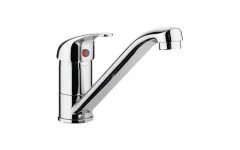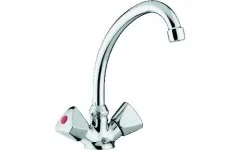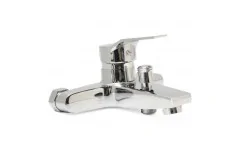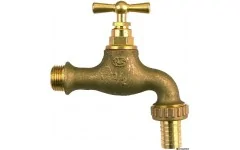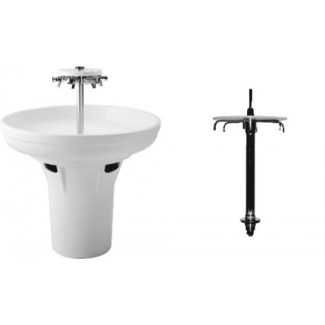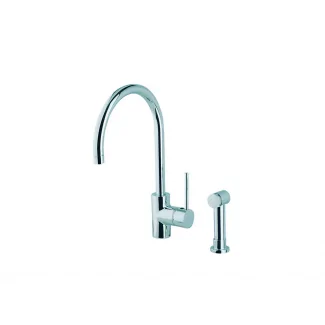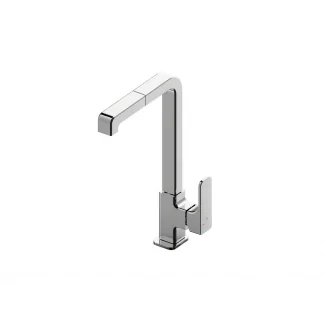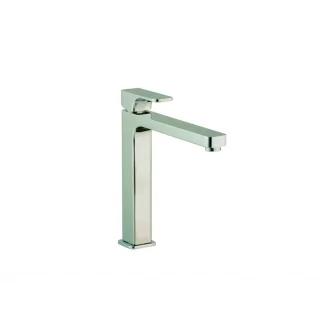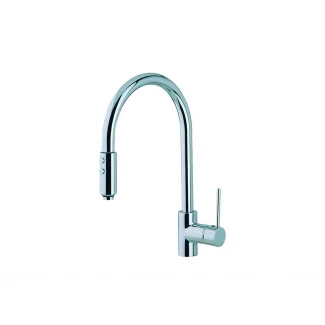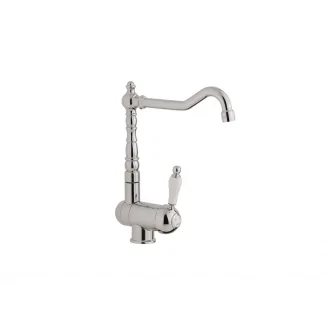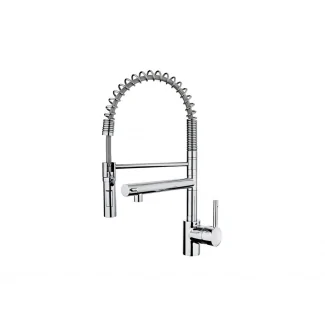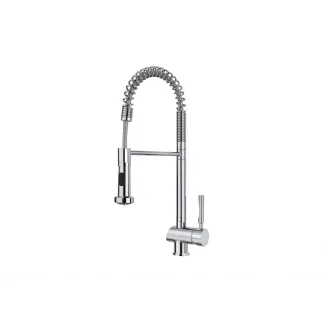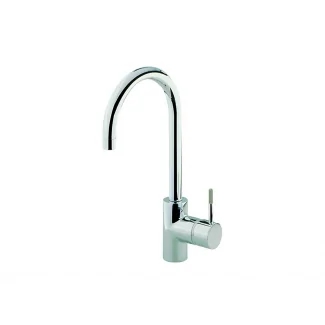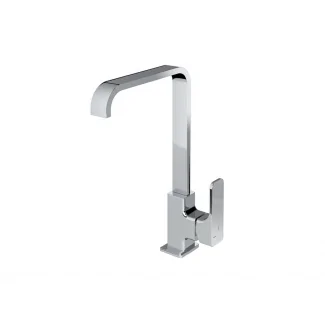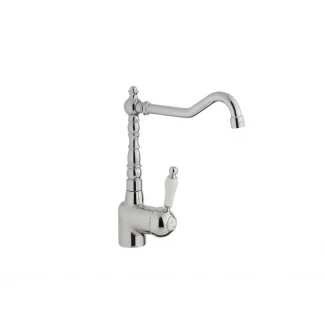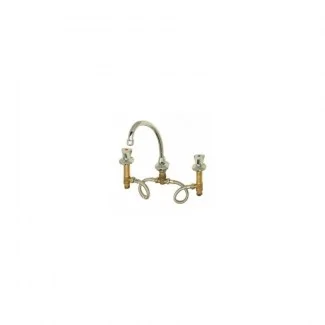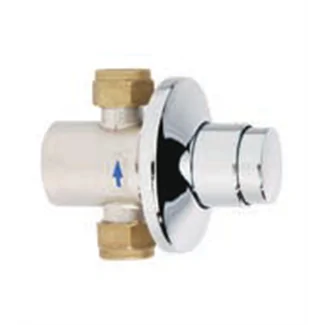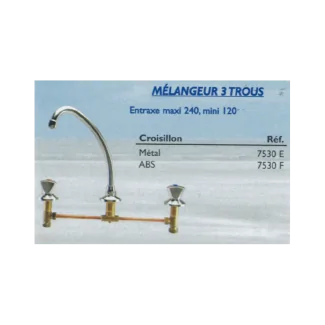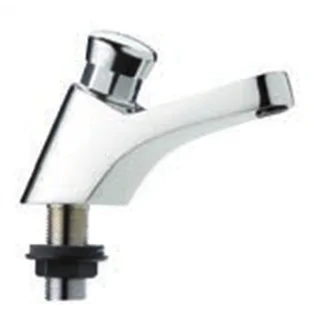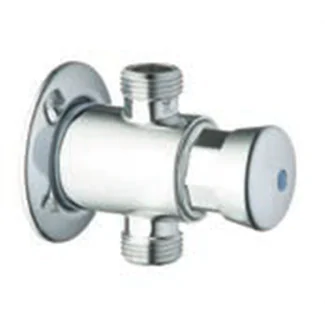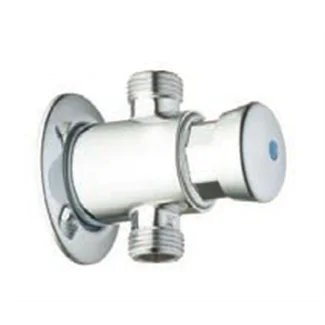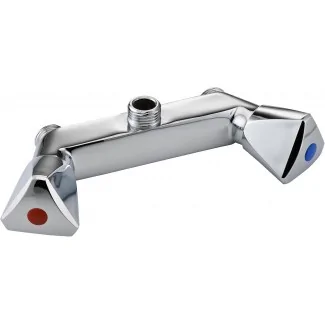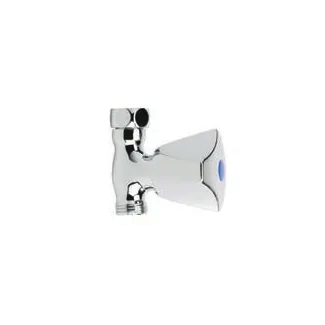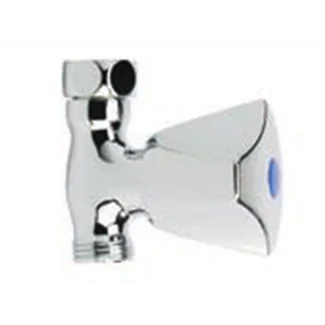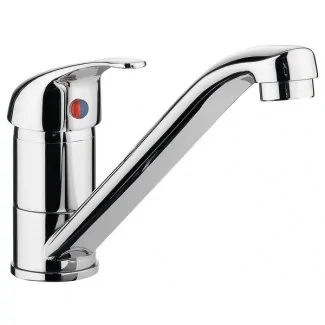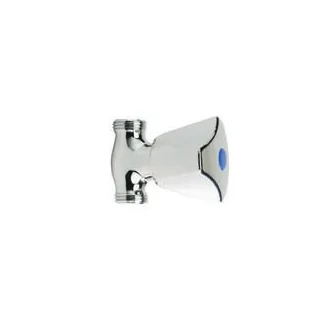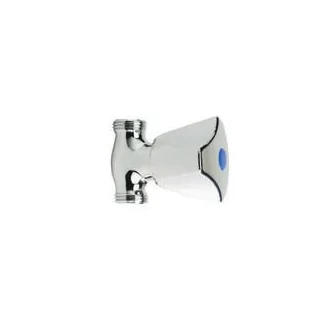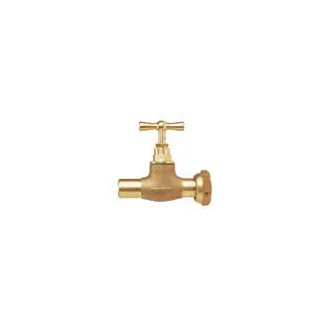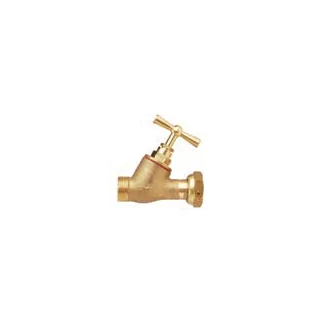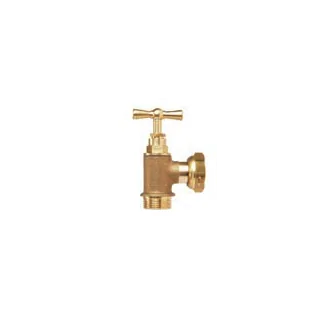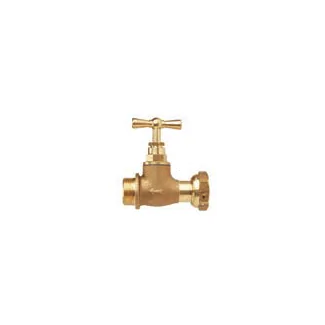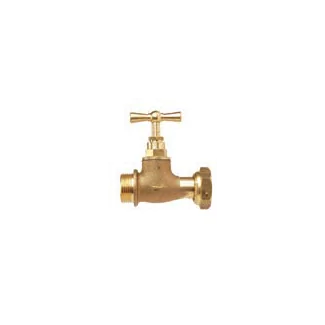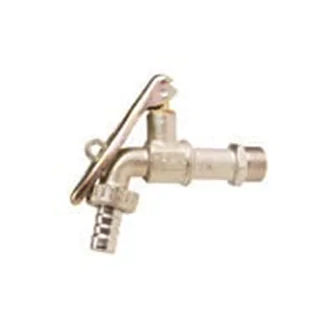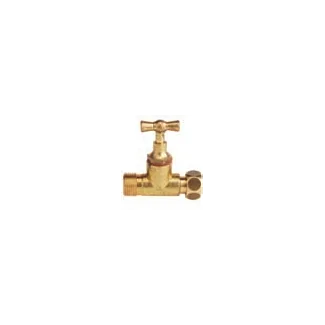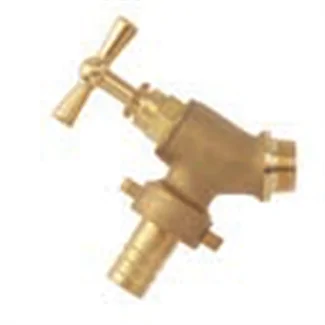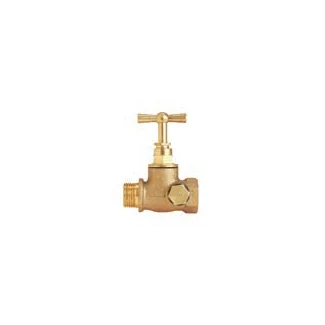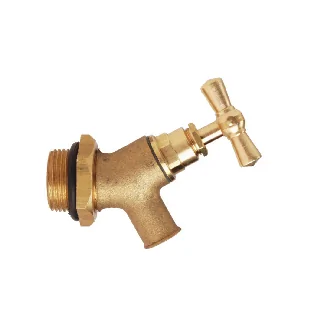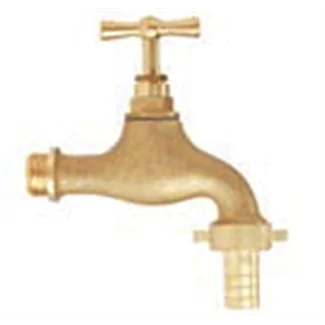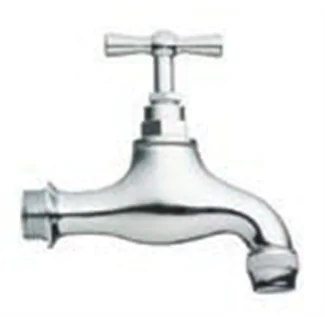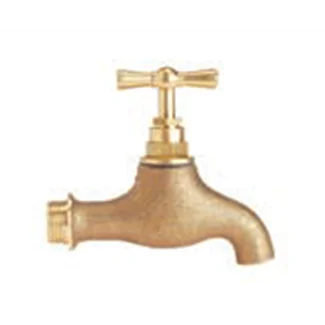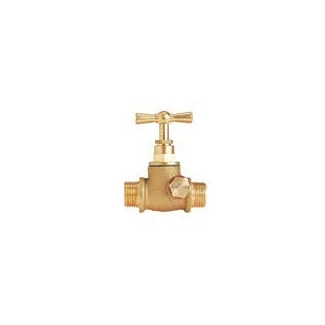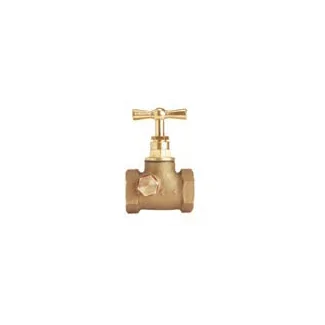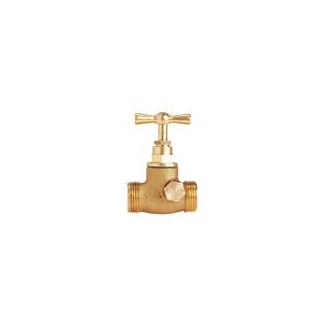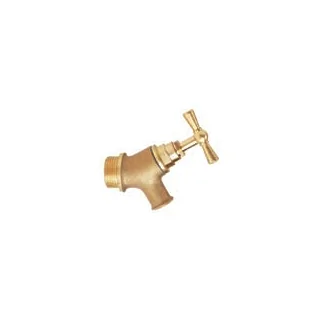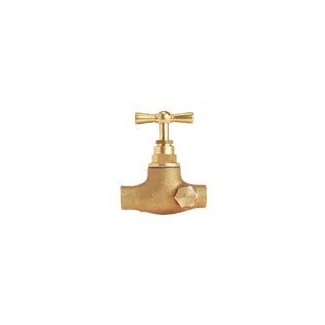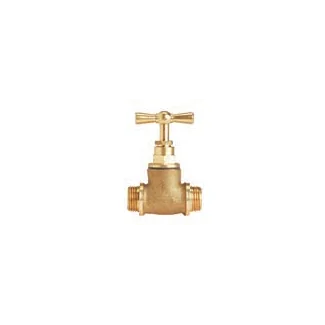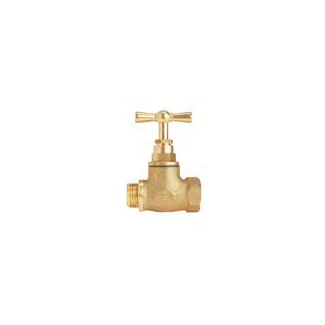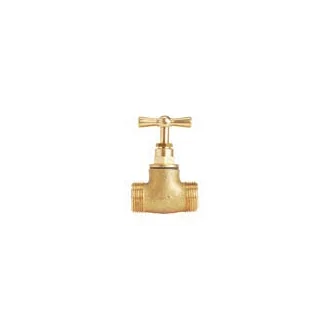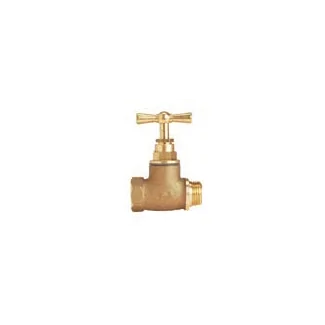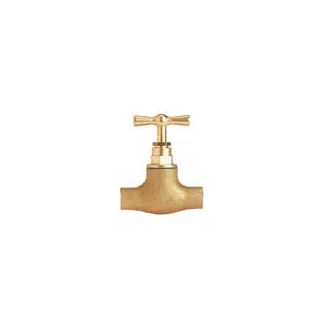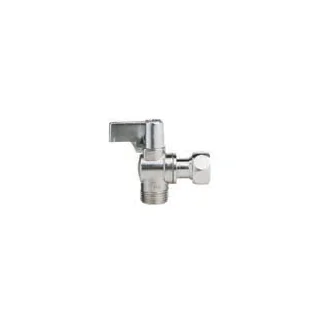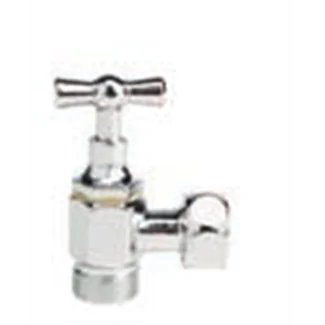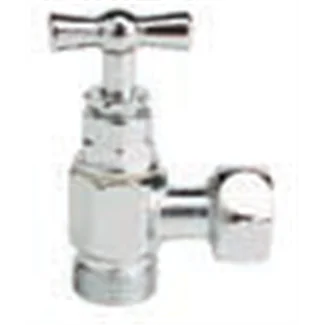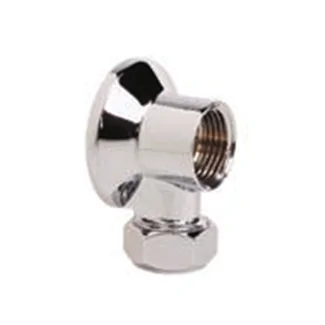Regular price €1,015.00 -20% Price €812.00
Taps
Faucets are essential elements of our daily lives, combining functionality and aesthetics in our living spaces. Whether in the kitchen, bathroom, or garden, choosing the right faucet is crucial for optimizing water use and creating a harmonious atmosphere. This comprehensive guide will assist you in selecting, installing, and maintaining your faucets. We will cover different types of faucets, available materials, innovative technologies, as well as practical tips for keeping your faucets in perfect working condition.
Types of Faucets and Their Uses
Faucets come in a multitude of models, each designed to meet specific needs. In the kitchen, you typically find high-spout mixers or faucets with pull-out sprayers, offering great flexibility for rinsing food and cleaning the sink. For the bathroom, options vary between classic mixers, thermostatic mixers, and electronic faucets, each bringing its own set of advantages in terms of comfort and water savings. Outdoor faucets, on the other hand, are designed to withstand weather conditions and facilitate garden watering or cleaning of outdoor spaces.
Choosing the type of faucet depends not only on its location but also on your usage habits and aesthetic preferences. For example, an infrared sensor faucet can be ideal for a family concerned about hygiene and water conservation, while a retro brass faucet will add a touch of charm to a vintage bathroom. It's also essential to consider your home's water pressure when choosing, as some models require minimum pressure to function correctly.
Materials and Finishes for Durable Faucets
The durability and appearance of your faucets greatly depend on the materials used in their manufacture. Brass is a popular choice for its resistance and longevity, often covered with a chrome finish for a shiny look and additional protection against corrosion. Stainless steel is appreciated for its robustness and easy maintenance, particularly suitable for professional kitchens or high-traffic areas. For those looking for a more contemporary look, brushed steel or matte finish faucets offer an elegant alternative that's resistant to fingerprints.
Finishes play a crucial role in the aesthetics and durability of your faucets. Besides classic chrome, there are brushed nickel, oil-rubbed bronze, or even gold finishes for luxurious interiors. Each finish has its own characteristics in terms of maintenance and scratch resistance. It's important to choose a finish that not only matches your decor but also meets your expectations for durability and maintenance. For example, a matte finish may be easier to maintain daily than a very shiny surface that marks easily.
Innovative Technologies for Smart Faucets
Innovation in the field of faucets has led to the development of technologies that significantly improve the user experience while promoting water conservation. Motion-activated faucets, for example, allow for touchless use, ideal for limiting germ spread in public spaces or in a family kitchen. Some models incorporate water filtration systems directly into the faucet, offering purified water on demand without requiring additional installation.
Thermostatic faucets represent a significant advancement in terms of comfort and safety, particularly appreciated in showers and bathtubs. They maintain a constant water temperature, avoiding burn risks and reducing water waste when adjusting the temperature. For kitchens, faucets with instant boiling water dispensing function are gaining popularity, offering considerable time savings for hot beverage preparation or cooking.
Installation and Maintenance: Ensuring the Longevity of Your Faucets
Proper installation of your faucets is crucial to ensure their proper functioning and durability. Although some models are designed for easy installation by the owner, it's often recommended to call a professional plumber, especially for more complex faucets or installations requiring modifications to existing plumbing. Professional installation can prevent leaks, optimize water pressure, and ensure that all connections are secure, thus avoiding potentially costly damage in the long term.
Regular maintenance of your faucets is essential to maintain their appearance and functionality over the years. Gentle cleaning with soapy water is usually sufficient for daily maintenance, avoiding abrasive products that could damage finishes. For hard water areas, periodic use of a mild descaler can prevent limescale buildup. It's also important to regularly check joints and fittings for any leaks and repair them promptly. Preventive maintenance, such as replacing worn seals or cleaning aerators, can significantly extend the life of your faucets and maintain their efficiency.
- Clean regularly with a soft cloth and soapy water
- Avoid abrasive products or scouring pads
- Descale periodically in areas with hard water
- Check and replace seals if necessary
- Call a professional for complex repairs

